
Rhythms Timed Animal Behaviors

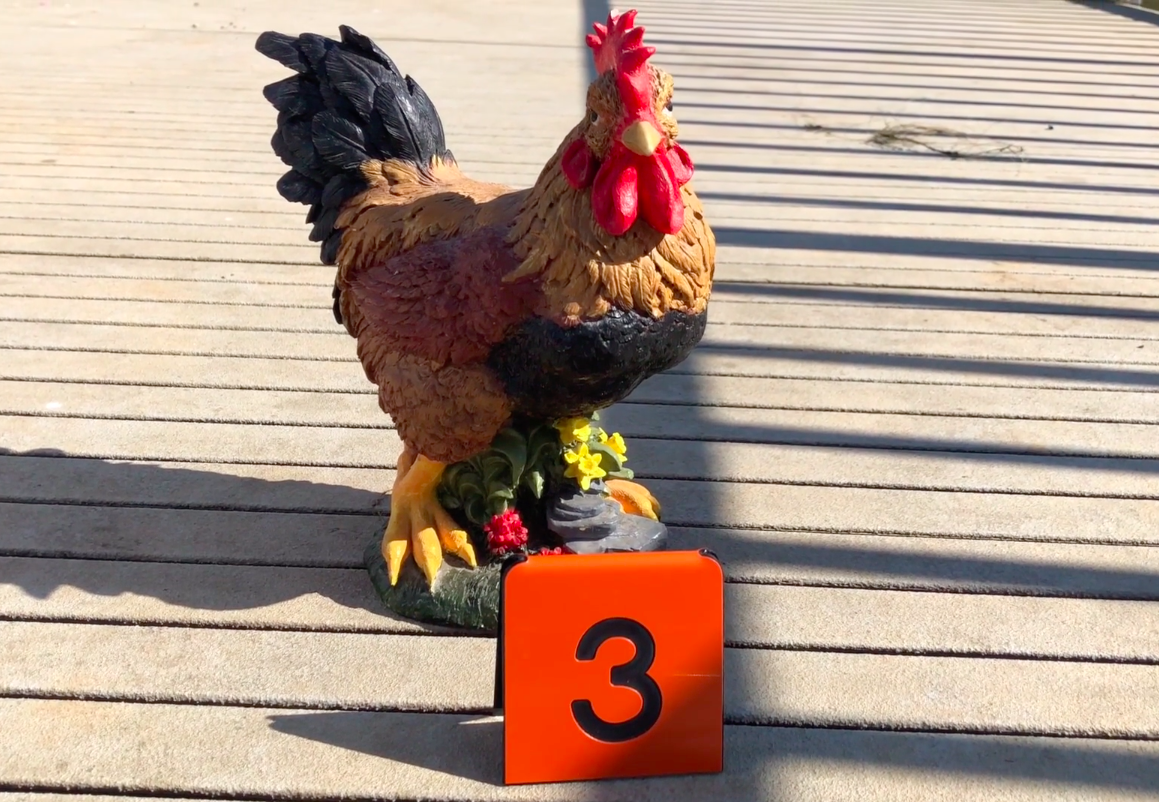
Rhythms Objectives
-
Provide examples of endogenous and exogenous impacts on circadian rhythms.
-
Explain the advantages of nocturnal activity and the need for periods of sleep,
-
Provide an overview of chickens, including the role of artificial selection, human uses of chickens, and rhythms of chicken behaviors.
Humans have been aware of rhythms in animal behavior for thousands of years. “The early bird gets the worm” and other phrases have entered the vernacular. This section focuses on daily circadian rhythms.
In many parts of the world, mornings are characterized by bird song.
Many animals have rhythms with activity concentrated at certain times of the day.
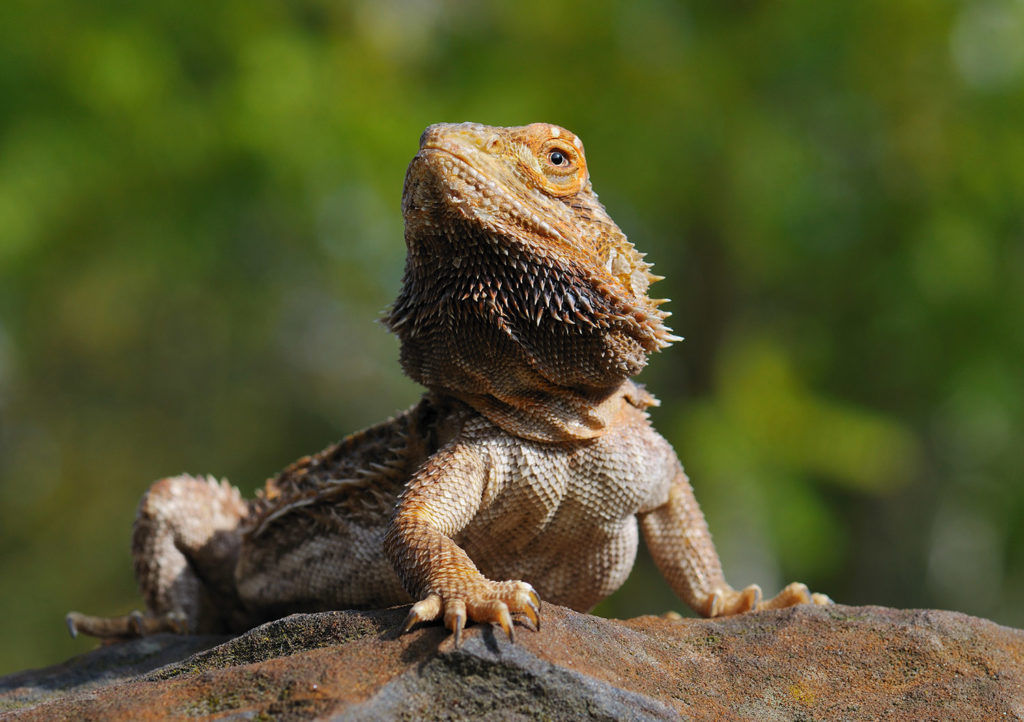
Diurnal
Active during daylight hours.
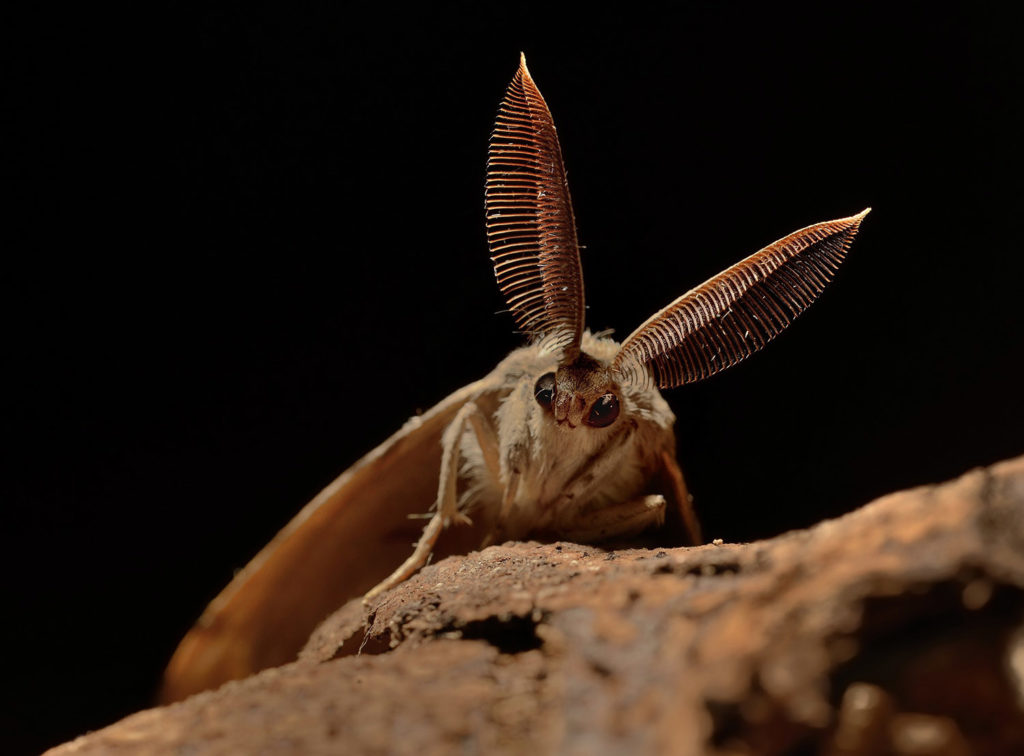
Nocturnal
Active during the night.
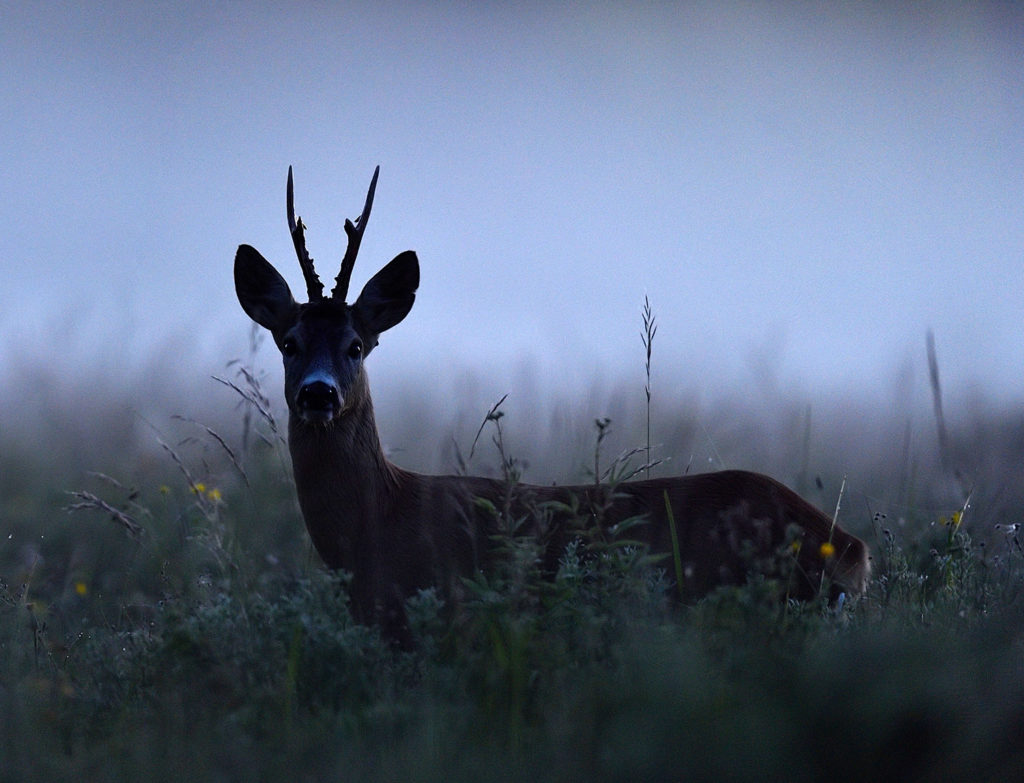
Crepuscular
Active during dawn and dusk.
Daily rhythms, also called circadian rhythms, are impacted by a combination of factors.
Exogenous (external) factors include sunlight and temperature
Endogenous (internal) factors include hormones and nervous activity
One of the species used as a model for studying the factors that impact circadian rhythms is the vole. There are many vole species and most are nocturnal.
This video of meadow vole trails that have been made after a grassland fire gives an indication of the large numbers of voles in the Willamette Valley.
This is a montane (mountain) vole. We are going to look at how experiments have demonstrated that a variety of factors impact their levels of activity.
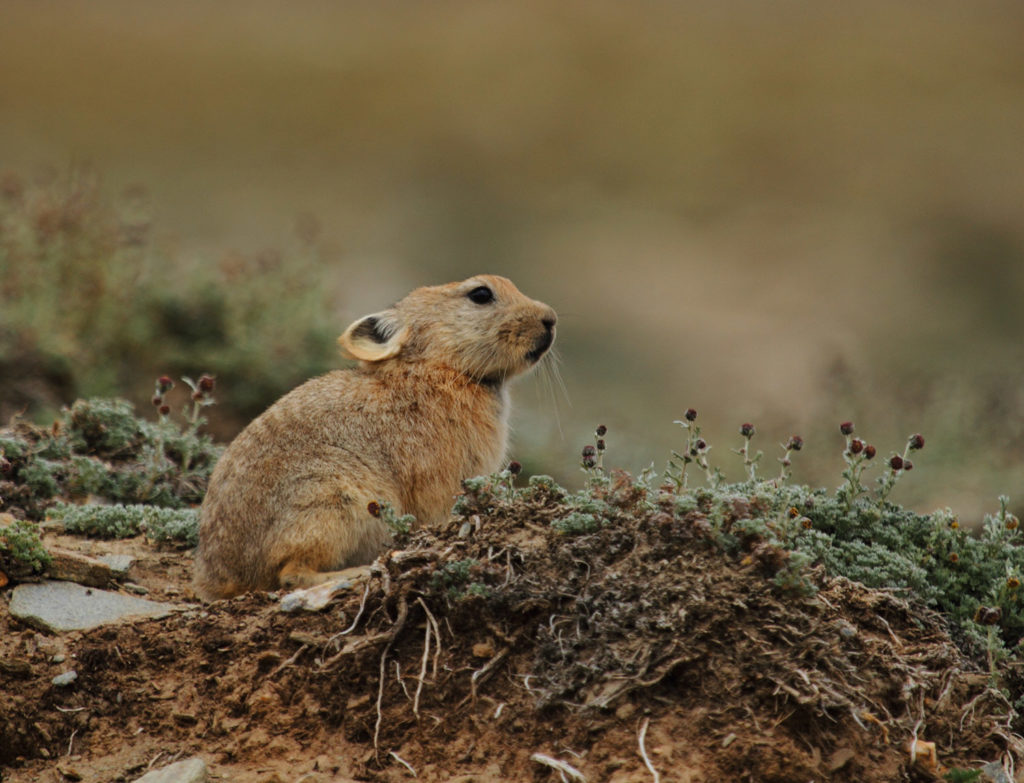
There are many potential advantages of nocturnal activity.
What are two you can think of?
Potential advantages of nocturnal activity
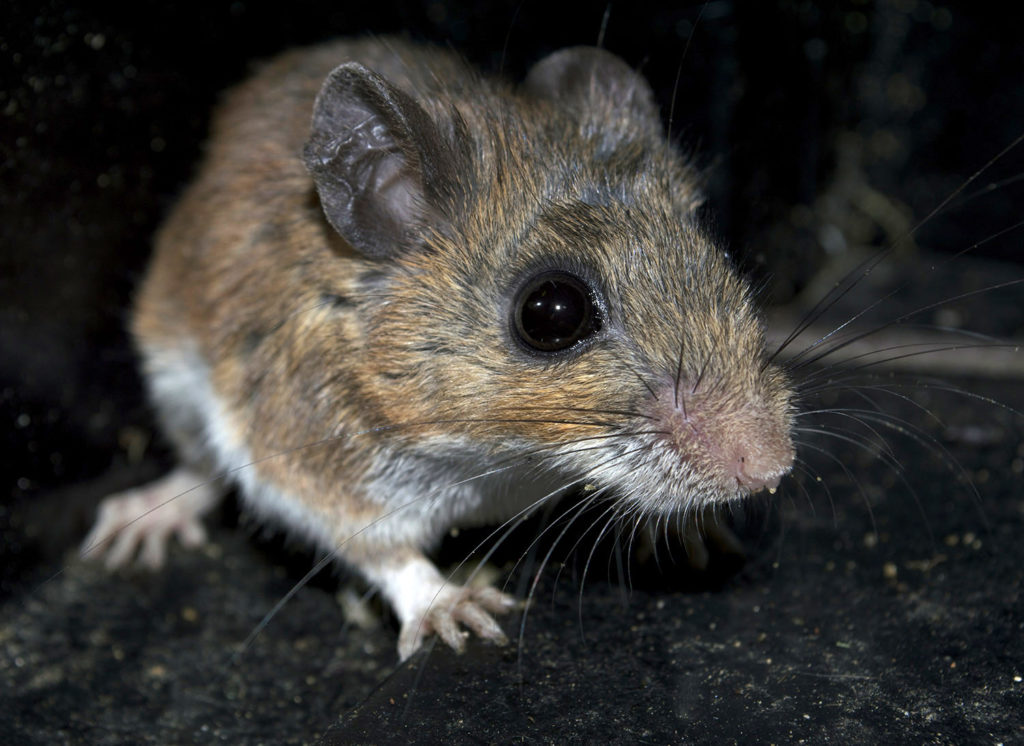
Cooler Temperatures
Night conditions are typically cooler and moister, critical for some desert species.
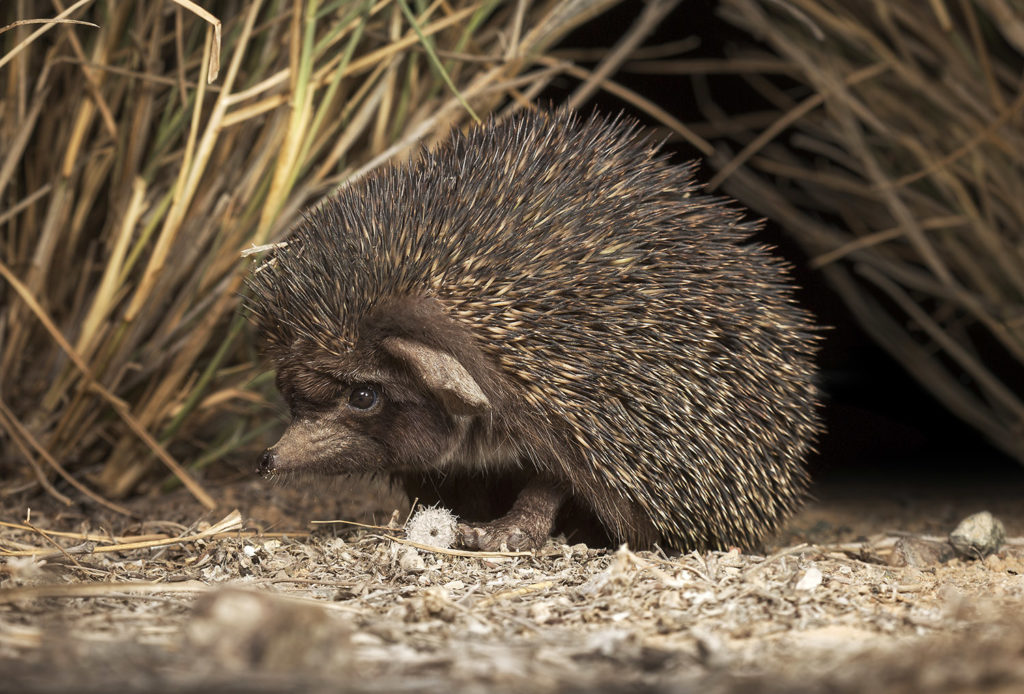
Predator Avoidance
Nighttime activity may reduce exposure to predators that rely on vision for hunting.
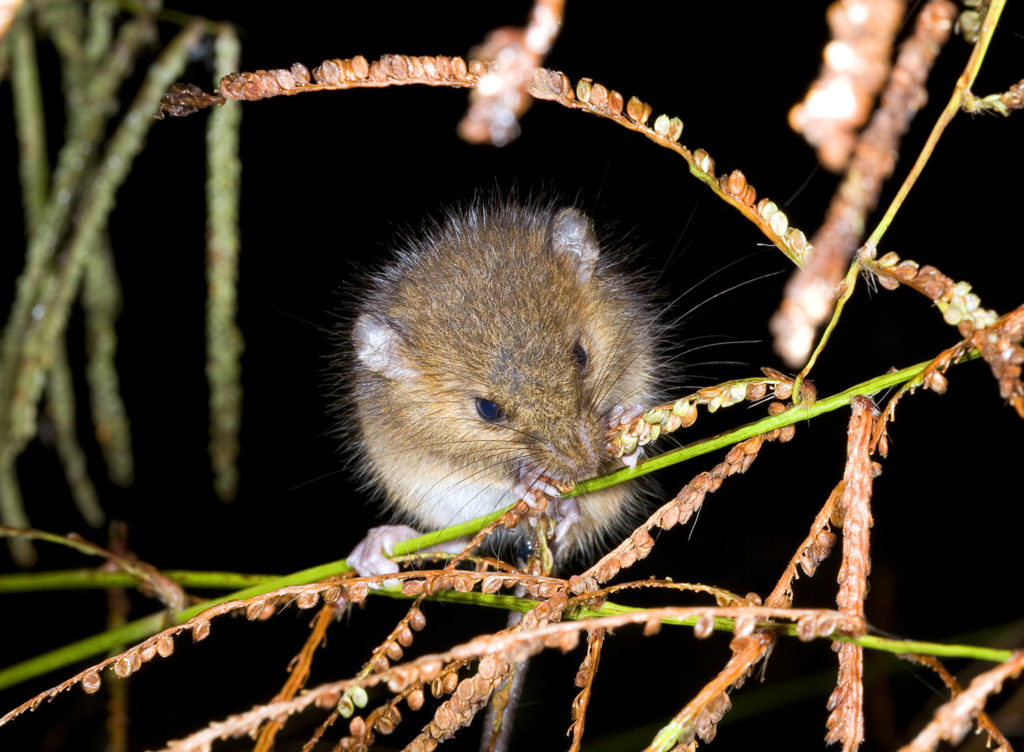
Reduction of Competition
Organisms that eat similar foods, like seeds, may have reduced competition at feeding sites when foraging at night.
Sleeping, or decreased activity, is a component of daily circadian rhythms.
Animals with a central nervous system (brains and spinal cords) can increase or decrease the activity of various organs. Sleep is characterized by a decrease in sensory activity and a resulting decrease in reaction to the environment.
During sleep, overall metabolism (cellular activity) decreases and cells engage in building and repair activities with the nervous, muscular, and skeletal systems. This contrasts with waking activities like obtaining food and building structures, which require high cellular activity and the breaking down of food molecules for energy.

One of the ways researchers learn about a process is to study disease conditions when a “normal” process like sleep no longer occurs. Humans with narcolepsy fall asleep at unusual times. This can also occur in some animals, including dachshund dogs. Studying these dogs has revealed that similar genes, or portions of DNA, impact sleep initiation, in humans and dachshunds. A change in DNA, or mutation, can lead to sleep initiation at irregular times. This suggests that a genetically determined endogenous “miss-cue” can lead to narcolepsy.
Circadian rhythms are not absolute. These house crickets are sitting in the sun, even though they are typically nocturnal. We’ve observed that after weeks in a tank without predators, the crickets appear to not follow the tight nightly activity cycle they do when predators are present.
Chickens
How many chickens are there on Earth?
Take a guess
There are an estimated 20 billion chickens on Earth, but outside of agriculture, many people know little about these animals.
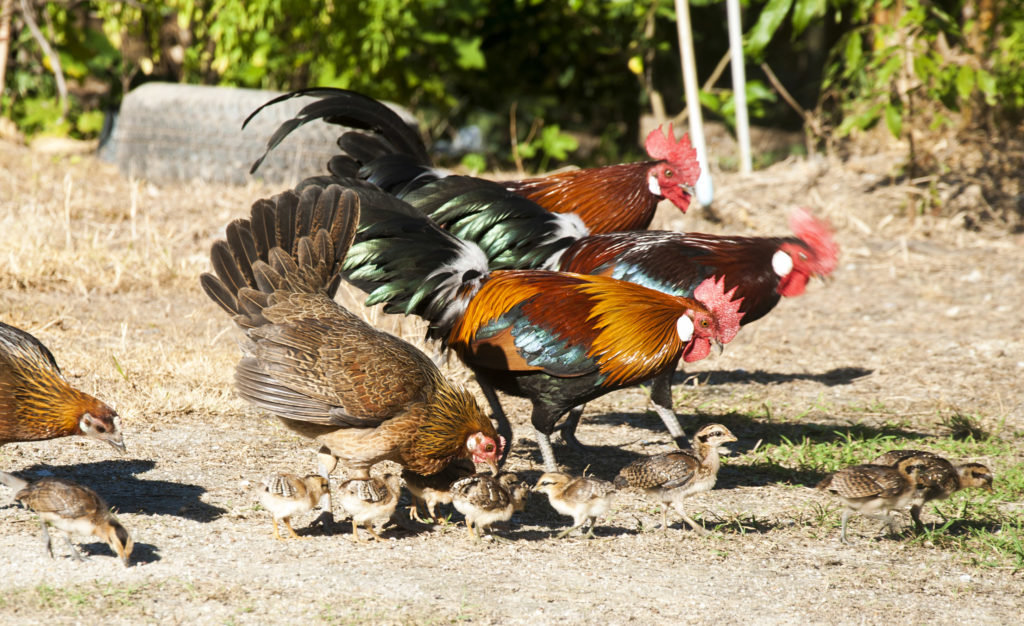
Red Junglefowl from a large range of Asia are the ancestors to domesticated chickens. Artificial selection over 5000 years has resulted in numerous chicken breeds.
Chicken breeds vary in size, colors, feathers, meat quality, egg production, and behaviors.
Various chicken muscles have been augmented for size and used as meat in the human diet.
The skeletal muscle cells vary by use and cellular structure, resulting in different colors of meat. Chickens are flightless and use their legs/thighs for movement. These structure have more muscle protein and darker cells than the breast and wings.
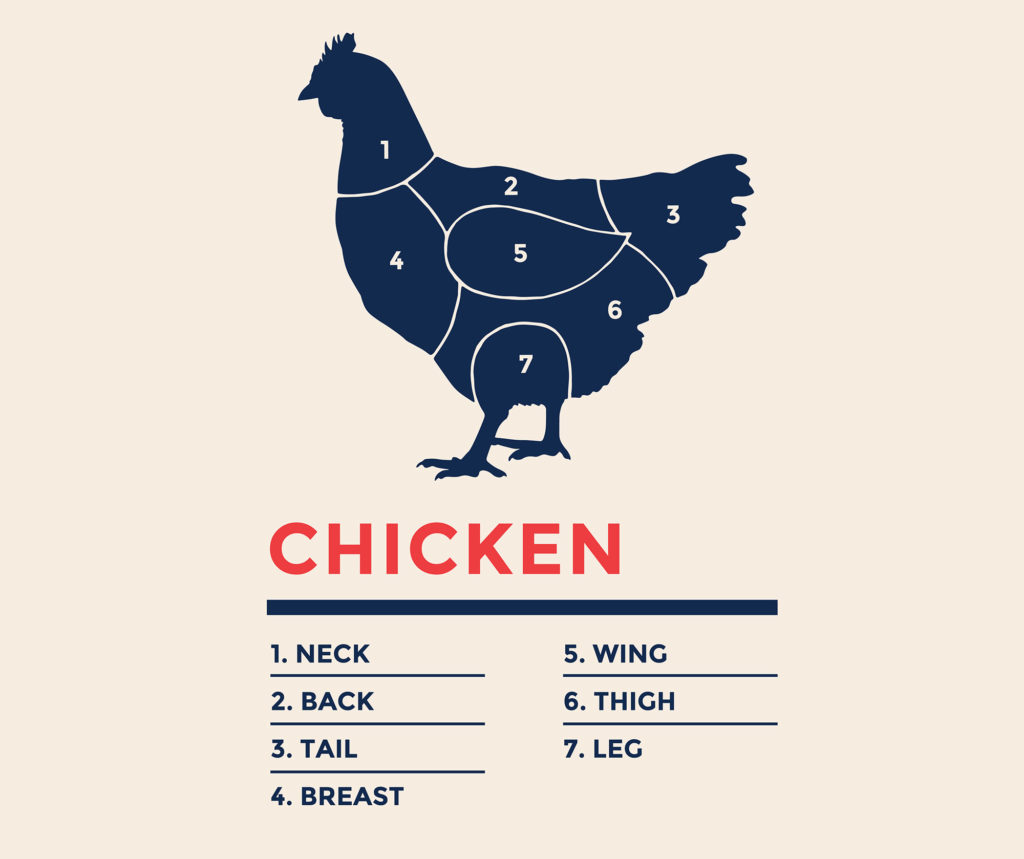
We’re going to continue misconception-busting with information related to chickens.
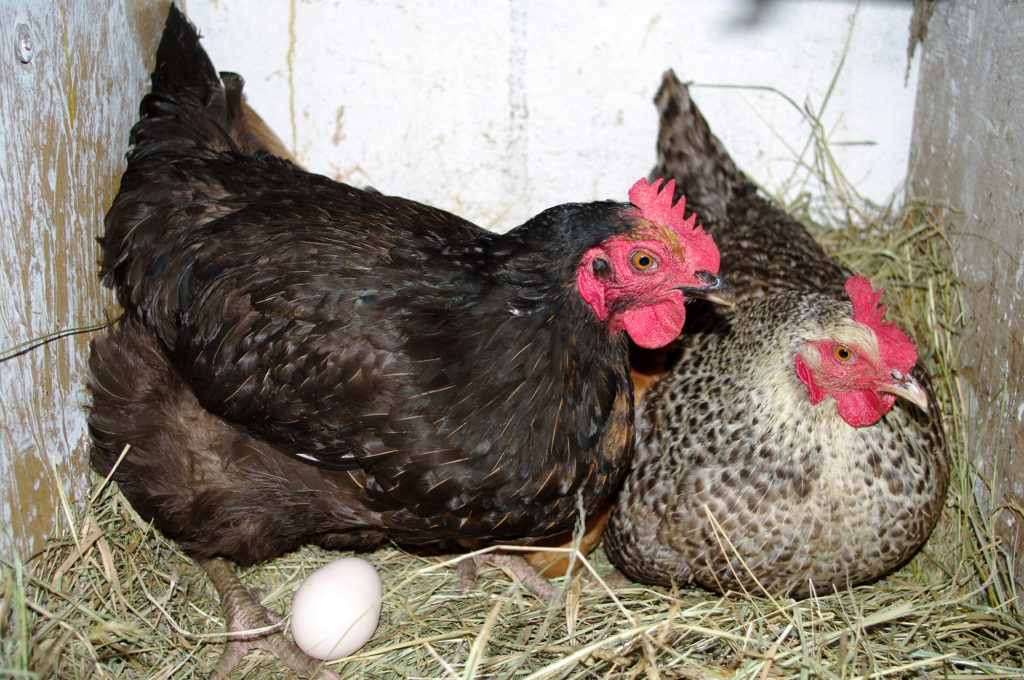
Light impacts egg production in hens. Day length alters hormone levels and ovarian activity. Is light an endogenous or exogenous factor?
Answer: exogenous
There are cold-weather chicken breeds that can tolerate lower temperatures, but all chickens need protection during cool winter months. Chickens enter and leave coops as needed, an indication of a level of cognition related to environmental conditions.
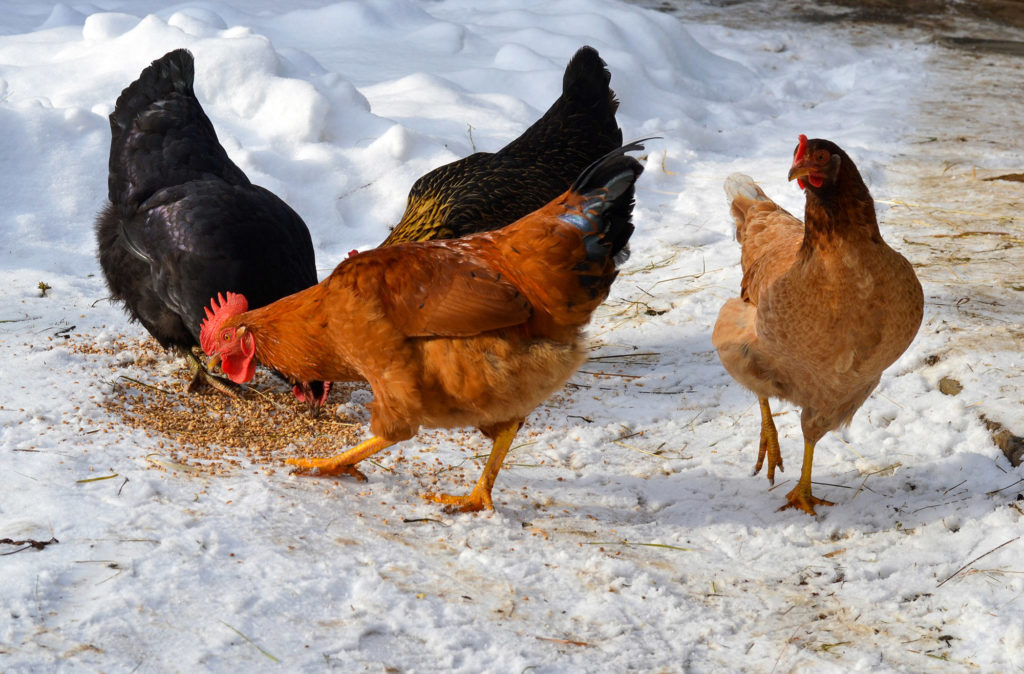
In the next section, we’ll take a closer look at temperature regulation in animal species.

Check your knowledge. Can you:
-
provide examples of endogenous and exogenous impacts on circadian rhythms?
-
explain the advantages of nocturnal activity and the need for periods of sleep?
-
provide an overview of chickens, including the role of artificial selection, human uses of chickens, and rhythms of chicken behaviors?



